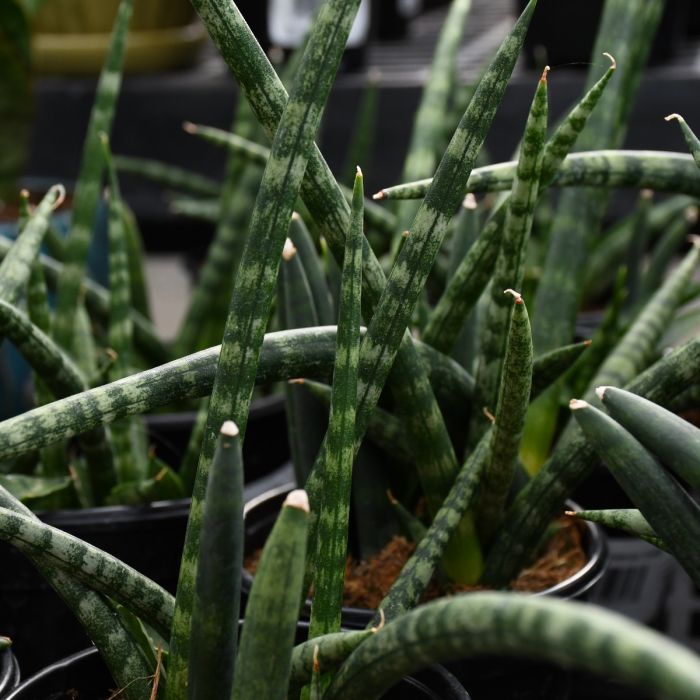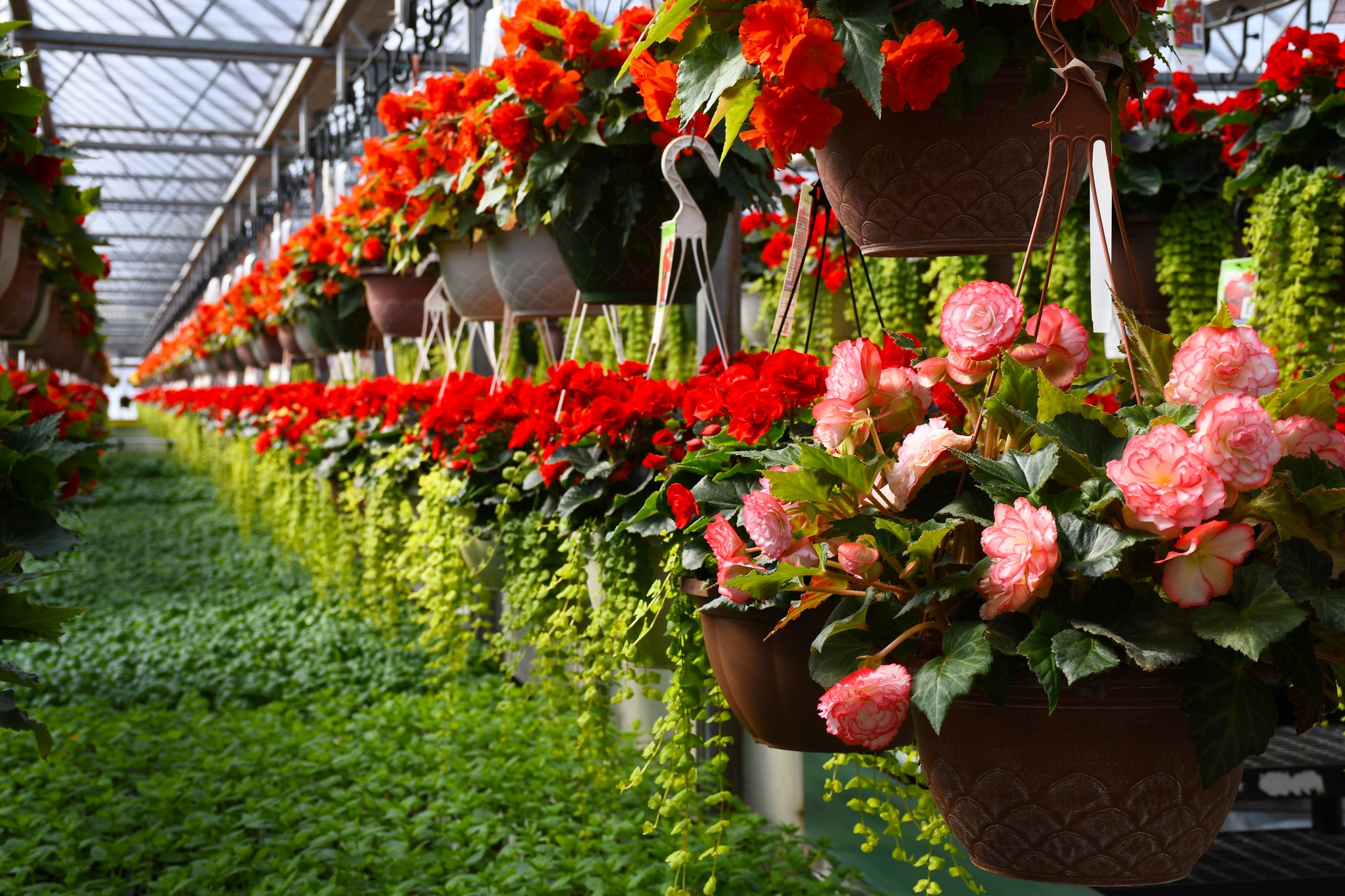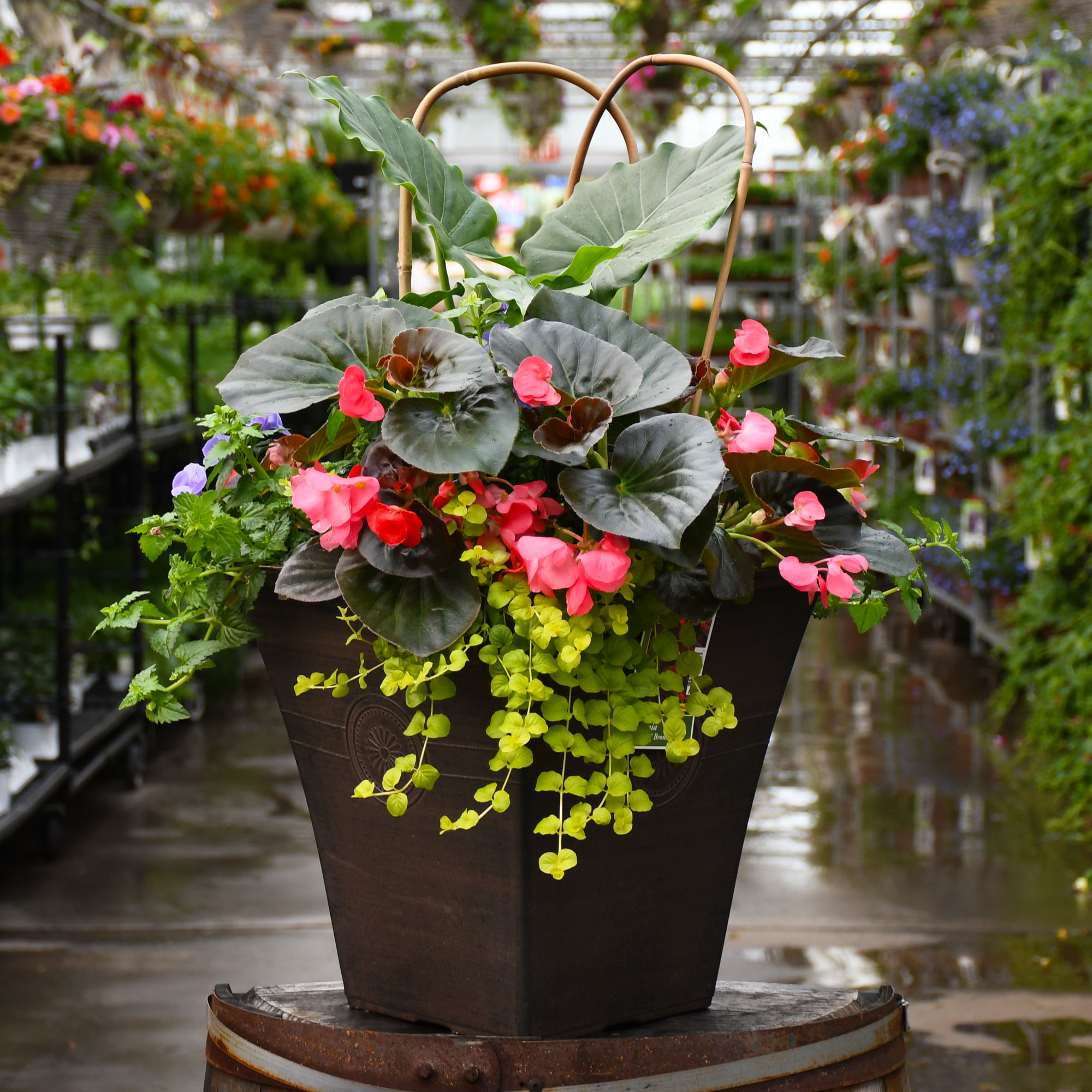Sansevieria Cylindrica

Out of stock
Temporarily Out of StockDescription
The African spear plant, also commonly known as the cylindrical snake plant, is a succulent houseplant that consists of spear-like, pointy-tipped, gray-green, subtly striped leaves.
Direct from the Grower
When you see the Gerten Grown logo on our annuals, you know you're getting a fresh plant directly from our greenhouse. We've been perfecting our growing process for over four generations and pride ourselves on providing local quality and freshness to our customers. Better pricing on better quality plant material, that's Gerten Grown.
More Information
| Common Family Name | Sansevieria |
|---|---|
| Plant Life Cycle | Indoor Plant |
| Mature Height (Range) | 37" - 48" |
| Mature Spread (Range) | Under 12" |


